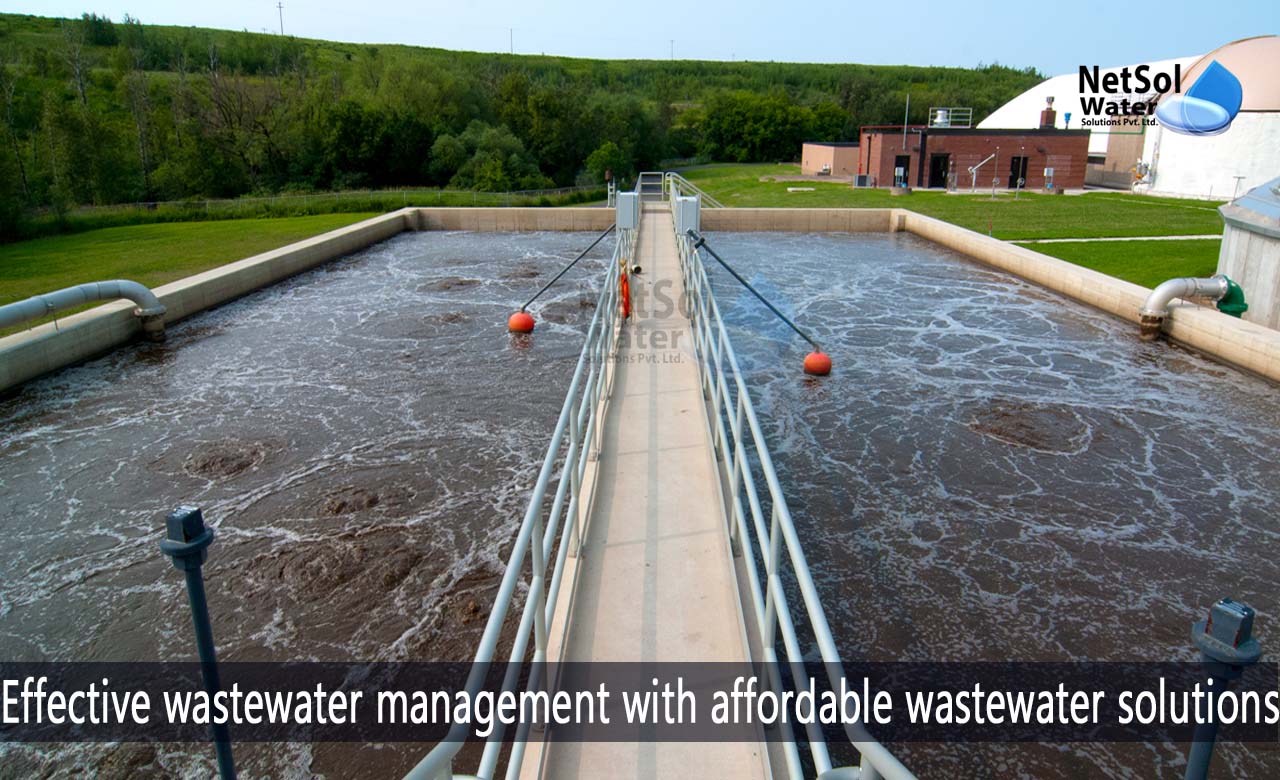Expert Tips on Designing Custom Wastewater Management Plans
Expert Tips on Designing Custom Wastewater Management Plans
Blog Article
Understanding Wastewater Therapy Processes and Their Ecological Effect
The intricacies of wastewater therapy procedures play a critical duty in mitigating environmental difficulties related to water contamination. Each stage, from preliminary to innovative treatments, is developed to resolve particular impurities, ultimately securing both public wellness and aquatic ecosystems. Despite technical improvements in treatment performance, considerable obstacles persist, including the monitoring of residual pollutants and the implications of nutrient drainage. As we discover the complexities of these procedures, it becomes important to wonder about exactly how much present techniques can evolve to satisfy the expanding needs of sustainability and environmental preservation.
Review of Wastewater Treatment
How is wastewater changed into a risk-free resource for the atmosphere? Wastewater therapy is a vital process designed to get rid of impurities from utilized water, thereby safeguarding public wellness and securing communities. This process starts with the collection of wastewater from property, industrial, and business resources, which is then routed to therapy facilities.
At these centers, numerous physical, chemical, and organic techniques are utilized to treat the wastewater. Initial testing removes large particles, adhered to by sedimentation to separate heavier solids. Consequently, biological therapies, such as activated sludge procedures, utilize microbes to break down natural matter. These approaches not only lower contaminant degrees yet also promote the recovery of beneficial nutrients.
The treated effluent can be securely discharged into natural water bodies or reused for watering and industrial objectives, promoting source conservation. In addition, the treatment procedure generates biosolids, which can be repurposed as plant foods or soil changes, further improving sustainability.
Phases of Treatment Procedures
The wastewater therapy process normally consists of three key stages: preliminary, key, and additional therapy. Each stage serves a distinct role in lowering the pollutant lots and guaranteeing the effluent satisfies ecological standards before discharge.

The main therapy stage concentrates on the physical splitting up of put on hold solids from the wastewater. Via sedimentation, larger fragments settle at the base of sedimentation storage tanks, forming sludge, while lighter products, such as oils and oils, float to the surface area and are skimmed. This procedure substantially lowers the natural and inorganic lots in the wastewater.
Additional treatment is an organic procedure aimed at further lowering the focus of organic issue. This stage is essential for attaining the required biochemical oxygen demand (FIGURE) decrease, inevitably leading to cleaner effluent prepared for discharge or more treatment.

Advanced Treatment Technologies
Adhering to the additional therapy processes, progressed treatment modern technologies play an important duty in additional boosting the high quality of dealt with wastewater. These innovations are made to eliminate residual pollutants that are not effectively gotten rid of throughout primary and second treatments, making sure the effluent meets rigid regulatory requirements.
Amongst the widely used advanced therapy methods are membrane layer filtration, reverse osmosis, and advanced oxidation procedures. Membrane purification, consisting of microfiltration and ultrafiltration, works in dividing great bits, virus, and colloids from the water (Wastewater). Reverse osmosis utilizes semi-permeable membrane layers to remove dissolved solids, leading to premium water suitable for numerous applications
Advanced oxidation procedures (AOPs) employ solid oxidants to degrade natural look at these guys contaminants, including drugs and personal care items that are resistant to standard treatment. These approaches boost the biodegradability of complicated substances, facilitating their removal.
Another substantial technology is using organic nutrient removal processes, which specifically target nitrogen and phosphorus, avoiding eutrophication in obtaining water bodies. Generally, innovative treatment technologies are vital for attaining higher degrees of purification, promoting water reuse, and safeguarding public health while resolving the challenges connected with wastewater monitoring.
Environmental Benefits of Therapy
Various environmental advantages occur from effective wastewater treatment procedures that add to ecosystem health and wellness and sustainability. Largely, these procedures considerably minimize the release of dangerous contaminants into all-natural water bodies, which aids preserve aquatic communities. By removing impurities such as heavy metals, nutrients, and virus, dealt with wastewater reduces the risk of waterborne conditions and advertises biodiversity in marine settings.
Additionally, wastewater treatment facilities usually utilize advanced modern technologies that allow water recycling and reuse. This practice not just saves freshwater sources however also lowers the demand on all-natural water materials. Enhanced nutrient removal from wastewater can also stop eutrophication, a process that causes algal blooms and succeeding oxygen depletion in marine systems.
Additionally, reliable treatment procedures can minimize greenhouse gas discharges, particularly methane and laughing gas, which are frequently launched during untreated wastewater decay. By capturing and using biogas from anaerobic digesters, centers can convert waste right into renewable resource, useful content thereby adding to a reduction in fossil gas dependency.
Difficulties and Future Trends
While the ecological advantages of wastewater treatment are clear, several difficulties linger that impede optimum outcomes in this area. One major problem is maturing framework, which commonly brings about ineffectiveness and raised operational expenses - Wastewater. Several treatment plants were developed years ago, and their abilities do not align with contemporary needs, which include more stringent regulatory requirements and greater volumes of wastewater because of urbanization

Looking ahead, there is an expanding focus on source healing and circular economic climate principles within wastewater treatment. Advancements such as anaerobic food digestion, which can produce biogas, and advanced filtering innovations are obtaining grip. These techniques not just enhance therapy performance yet also advertise sustainability.
Inevitably, resolving these challenges calls for cooperation among stakeholders, investment in technology, and a commitment to ongoing research. By embracing these trends, the wastewater therapy market can advance to fulfill the demands of a changing atmosphere and society.
Final Thought
In final thought, wastewater therapy procedures play a vital role in improving environmental high quality and public wellness. The multi-stage therapy structure, paired with innovative technologies, effectively reduces contamination and promotes sustainable water administration.
Report this page